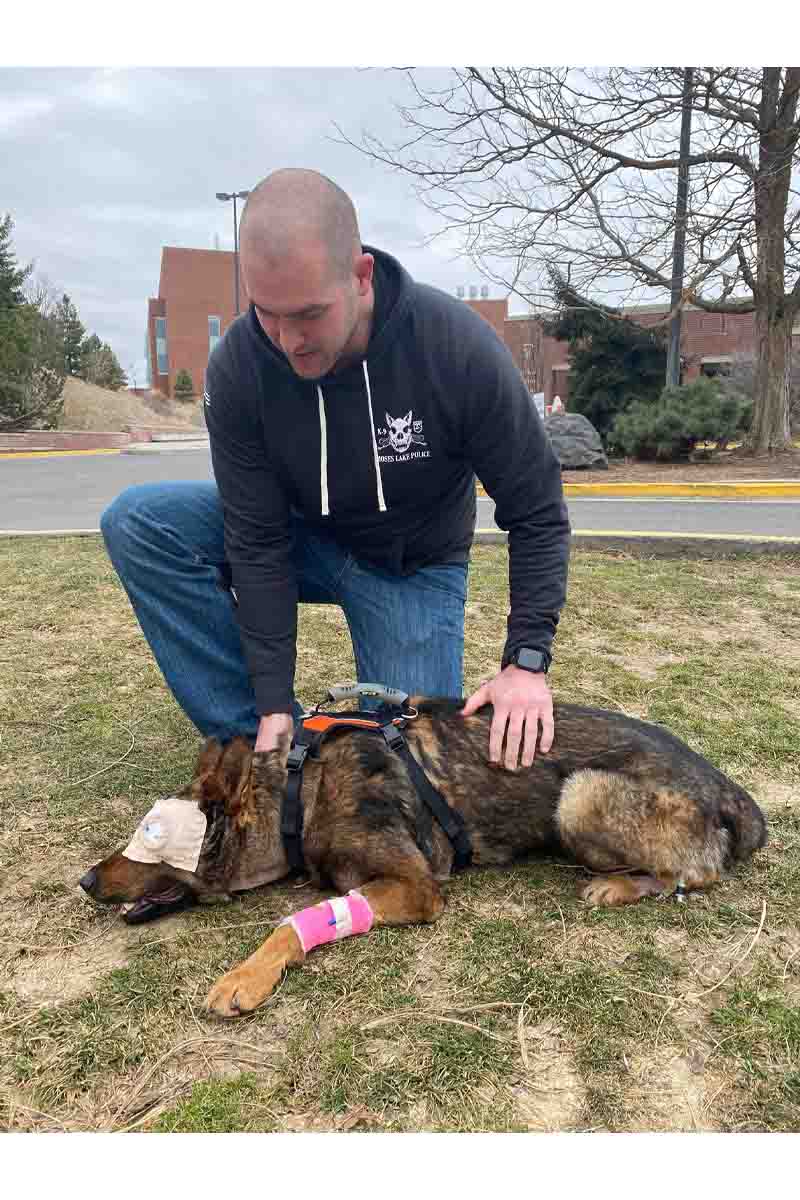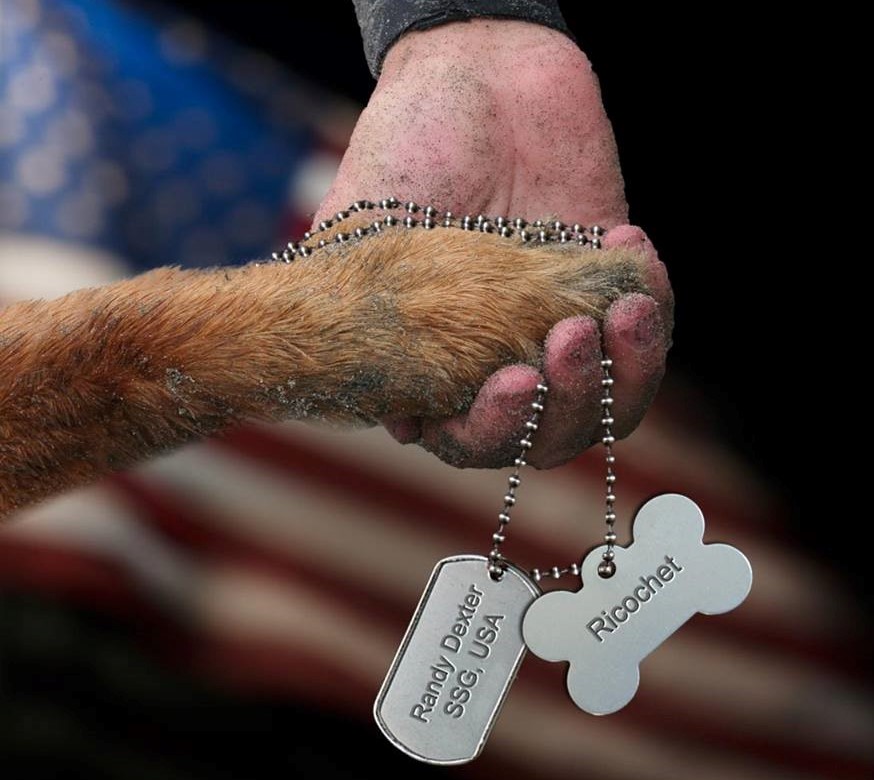Regulus Trauma Counseling
“It is during our darkest moments that we must focus to see the light.”—Aristotle, Greek Philosopher (385-322 B.C.)
TRAUMA
Life can drastically change as the result of one salient, distressing moment or event.
Traumatic events encompass a myriad of incidents, from a turbulent childhood, to rejection by loved ones within the LGBTQIA+ community, to a violent assault, to a car accident, to a cancer diagnosis—all connected with one universal thread: a single event, or series of events, large or small, which may evoke strong feelings of hopelessness or helplessness, make you believe that your life is in imminent danger of serious injury, or losing your life.
You are a survivor.
That moment(s) or event(s) does not define you, nor does it determine your future path. We believe that no one should have to suffer in silence. Everyone has the right to live free of negative thoughts and feelings. The one thing we hope for individuals who have experienced trauma to understand: you are never alone; there will always be a support system. We hope to augment to your support system, where through counseling, every person has the opportunity to explore within themselves in discovering their path in healing and growth.
PTSD AND TRAUMA
PTSD has most commonly been associated with the military, and other professions in which individuals are placed at risk of serious injury, or the loss of life. Individuals in these professions are consistently exposed to traumatic events, where they can often flash back to the war zone or scene of an accident, with visuals of their comrades killed or wounded, or the people they could not save. However, any person who has experienced traumatic events can also develop PTSD, coping with similar negative emotions.
PTSD is a mental health condition as a result of exposure to an event or series of events during which a person is exposed to stressors beyond their ability to process and manage their overwhelming feelings. Symptoms include flashbacks, nightmares, and severe anxiety, as well as uncontrollable thoughts about that event, with difficulty adjusting and coping. The difficulty can lead to self-medication (alcohol, drug use, or engaging in other risky behaviors) to ease the pain or escape, as well as self-isolation from friends and family, resulting in the development of addiction and the degradation of family and support systems, further deteriorating their overall health.
As the severely traumatic events are believed to have the greatest impact on long-term health, other incredibly stressful events can be just as traumatic and have similar adverse effects to overall health: a sudden death in the family, a stressful divorce, or caring for someone with a chronic, debilitating, or terminal illness.
COMMON TYPES OF TRAUMA
- Combat or duty-related
- Intimate partner (domestic violence)
- Early childhood emotional abuse or neglect
- Violent or sexual
- Natural disaster
- Medical
- Abuse (physical, emotional, childhood)
- Traumatic grief
- Terrorism (mass violence, acts of terrorism, community violence)
Individuals who have experienced PTSD or other trauma have demanding challenges. We believe it is crucial to provide healthy, constructive coping tools and strategies to individuals coping with PTSD. Together, we discover creative solutions to alleviate trauma symptoms, while enriching your life. We hope to embark on the healing journey with you, navigating through the stresses faced each day, as you travel your path towards rediscovery.

SECONDARY TRAUMA
December 14, 2012. Newtown, Connecticut. Sandy Hook Elementary School.
We may not remember the date. We may vaguely remember the name, “Newtown,” but “Sandy Hook” will forever be emblazoned in our minds as one of the most horrific acts of violence in our nation. 26 people: 20 children, ages 6-7, and six adults were gunned down in an environment we consider sacred and safe: an elementary school.
At approximately 9:30 AM, school announcements were read over the loudspeaker, as gun shots were heard around the school. At approximately 9:30 AM, the dispatchers at the police station were receiving the first emergency call from inside the school.
“Sandy Hook School. Caller is indicating she thinks someone is shooting in the building,” the dispatcher tells fire and medical personnel.
The first law enforcement officer arrived on the scene approximately two minutes and 41 seconds after the first police radio broadcast. Once law enforcement officers secured the building, they escorted the surviving children and school faculty out of the school to the nearby fire station. The fire station would serve as a community sanctuary for the parents and families whose children would never return home from school.
It was the First Responders to Sandy Hook—the dispatchers at the police station who first heard the call for help; the law enforcement officers to arrive the scene; and the firefighters who would serve the imperative duty of comforting grief-stricken parents—to witness and experience the unfathomable incident. Yet the shooting at the Sandy Hook Elementary School has resonated in many of us, despite the fact that we were not in the vicinity.
Secondary trauma (or vicarious trauma) is experienced as indirect exposure to trauma through hearing the firsthand account or narrative of the traumatic event. Outside the Newtown community, this account was delivered through the various news media outlets. Similar to Sandy Hook, 9/11, and other traumatic events which have impacted the entire world, we are inundated with visuals and statistics of continual death and economic devastation, resulting from the novel coronavirus, or COVID-19. The suffering of millions, the death of hundreds of thousands, globally, is unfathomable. Numbing.
Yet tragedy can unite. We continually see news media coverage of the pandemic, yet we also see news coverage of community—a community generating hope not only for our neighbors, but also for ourselves. In a time where we can feel helpless and hopeless, we can take comfort in knowing that we, as a community, can come together. Social distancing does not mean we are alone, and we each can do something positive.
As a team, our clinicians understand what it means to unite in a common goal: guiding others to illuminate their path out of uncertainty and darkness. Darkness can only exist with light. Trauma resides in darkness— with healing comes light, radiating self-discovery of your capabilities, and empowerment to create a positive change in your life.

COMPASSION FATIGUE
Compassion fatigue is another form of secondary trauma, generally experienced among individuals who are exposed, each day, to the distress of others. Many of these people are within the profession of a second-line responder to tragedy, including humanitarian workers, social workers, people in the health care field (both physical and mental health), even attorneys and journalists. Compassion fatigue is also experienced among individuals who are caregivers to a family member.
INDIVIDUALS MOST AT-RISK FOR COMPASSION FATIGUE
- Psychotherapists and Mental Health Counselors
- Physicians and nurses
- Teachers and school counselors
- Hospice care workers
- Animal shelter workers
- Suicide hotline staff
- Emergency communications center dispatchers
- Social workers and child welfare workers
- Judges
- Journalists
Compassion fatigue is generally experienced when people place the needs of others before their own. In order to care for others, you must care for yourself. We emphasize self-care as an essential step on your road to recovery and re-energizing.
PTSD, TRAUMA, AND DEPRESSION
Depression can often occur after experiencing trauma. A national survey evidenced depression was nearly three to five times more likely in individuals who have experienced PTSD, than individuals who did not have PTSD. Difficulty in coping with the painful experience often leads to depression, illustrated in the military Veterans returning home from the combat zone. The Veterans may retain painful memories and feelings of guilt or regret about their experiences during combat; they may have been injured, or lost friends. Survivors of violence or abuse may no longer have the capability in trusting others. Survivors of natural disasters may have lost loved ones, their home, or may have been injured. These experiences can lead to both depression and PTSD, where symptoms of depression and PTSD may overlap, or possibly, the individual may experience depression and PTSD concurrently.
If you think you may hurt yourself, or attempt suicide, call 911 or your local emergency room number immediately. Another option is to call the National Suicide Prevention Line: 1-800-273-TALK (1-800-273-8255); to reach the Veterans Crisis Line, call the same number, and press “1.”
If you have a loved one who is in danger of suicide, or has made a suicide attempt, ensure they are not alone. Call 911 or your local emergency room number immediately. If you believe it is safe to do so, take the person to the nearest emergency room.
It is important for you to know that you do not need to suffer in silence, or alone. Uncontrollable circumstances have caused the trauma, but you have power over the circumstances you can control. Our clinicians will help illuminate the path out of the darkness associated with trauma and depression. Together, we will navigate the path towards rediscovery and empowerment.

EMDR
Eye Movement Desensitization and Reprocessing (EMDR) is an evidence-based psychotherapy technique which helps with trauma, particularly effective for post-traumatic stress. EMDR is universally considered as one of the best treatments for PTSD. EMDR is also effective in helping with conditions including panic attacks, complicated grief, disturbing memories, as well as stress reduction and other somatic symptoms.
Our clinicians are trained in EMDR specifically to help our clients who have experienced trauma to help alleviate their trauma symptoms, with the goal to return them to their pre-event functioning.
How is EMDR helpful for individuals with trauma?
The eye movements help to reduce the intensity of the disturbing thoughts associated with post-traumatic stress. When a person is extremely upset, their brain cannot process information as it does ordinarily. In the case of PTSD, one moment can be frozen in time— remembering that trauma may feel as if they are experiencing it in that moment, with the images, sounds, smells, and feelings just as vivid. These memories have a lasting impact which interferes with the way the individual sees the world, and the way they relate to other people.
EMDR removes the emotional response to the traumas, allowing the person to process trauma or any anxious stimuli they could not previously process.
What is the end result of EMDR?
EMDR has yielded significant success rates in helping clients with PTSD and other trauma-related issues. EMDR has been an emerging technique, but not all mental health professionals are trained in EMDR. Our founder and clinical director’s training in EMDR and success rate have significantly served individuals with trauma, including law enforcement and military Veterans (because of the nature of their work).
The general sentiment among clients who have participated in EMDR is that they no longer relive or feel the intense emotion associated with the traumatic event; rather, the client feels as if they were watching the event from a third-person perspective, similar to someone watching a scene in a movie. That traumatic event becomes a neutral scene, devoid of any emotional association, as the individual becomes desensitized to that event.
EMDR is a mental health intervention, only to be offered and facilitated by properly trained and licensed mental health clinicians. We, nor EMDRIA, the premier organization in the training and certification of EMDR, condone or support indiscriminate uses of EMDR therapy. Please do your research. Do not be afraid to ask your clinician questions about their training in EMDR and address any additional concerns.



